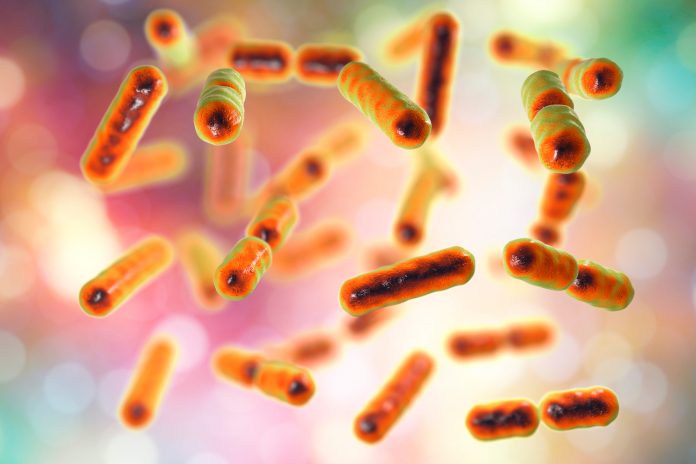A major risk of being hospitalised is catching a bacterial infection.
Hospitals, especially areas including intensive care units and surgical wards, are teeming with bacteria, some of which are resistant to antibiotics.
Now, new research published in the journal Nature Microbiology, has discovered how to revert antibiotic-resistance in one of the most dangerous superbugs.
The strategy involves the use of bacteriophages, also known as phages.
“Phages are viruses, but they cannot harm humans,” says lead study author Dr Fernando Gordillo Altamirano, from the Monash University School of Biological Sciences.
“They only kill bacteria.”
The research team investigated phages that can kill the world’s leading superbug, Acinetobacter baumannii, which is responsible for up to 20% of infections in intensive care units.
“We have a large panel of phages that are able to kill antibiotic-resistant A. baumannii,” says Dr Jeremy Barr, senior author of the study and Group Leader at the School of Biological Sciences and part of the Centre to Impact AMR.
“But this superbug is smart, and in the same way it becomes resistant to antibiotics, it also quickly becomes resistant to our phages.”
The study pinpoints how the superbug becomes resistant to attack from phages, and in doing so, the superbug loses its resistance to antibiotics.
“A. baumannii produces a capsule, a viscous and sticky outer layer that protects it and stops the entry of antibiotics,” says Dr Altamirano.
“Our phages use that same capsule as their port of entry to infect the bacterial cell.
“In an effort to escape from the phages, A. baumannii stops producing its capsule; and that’s when we can hit it with the antibiotics it used to resist.”








